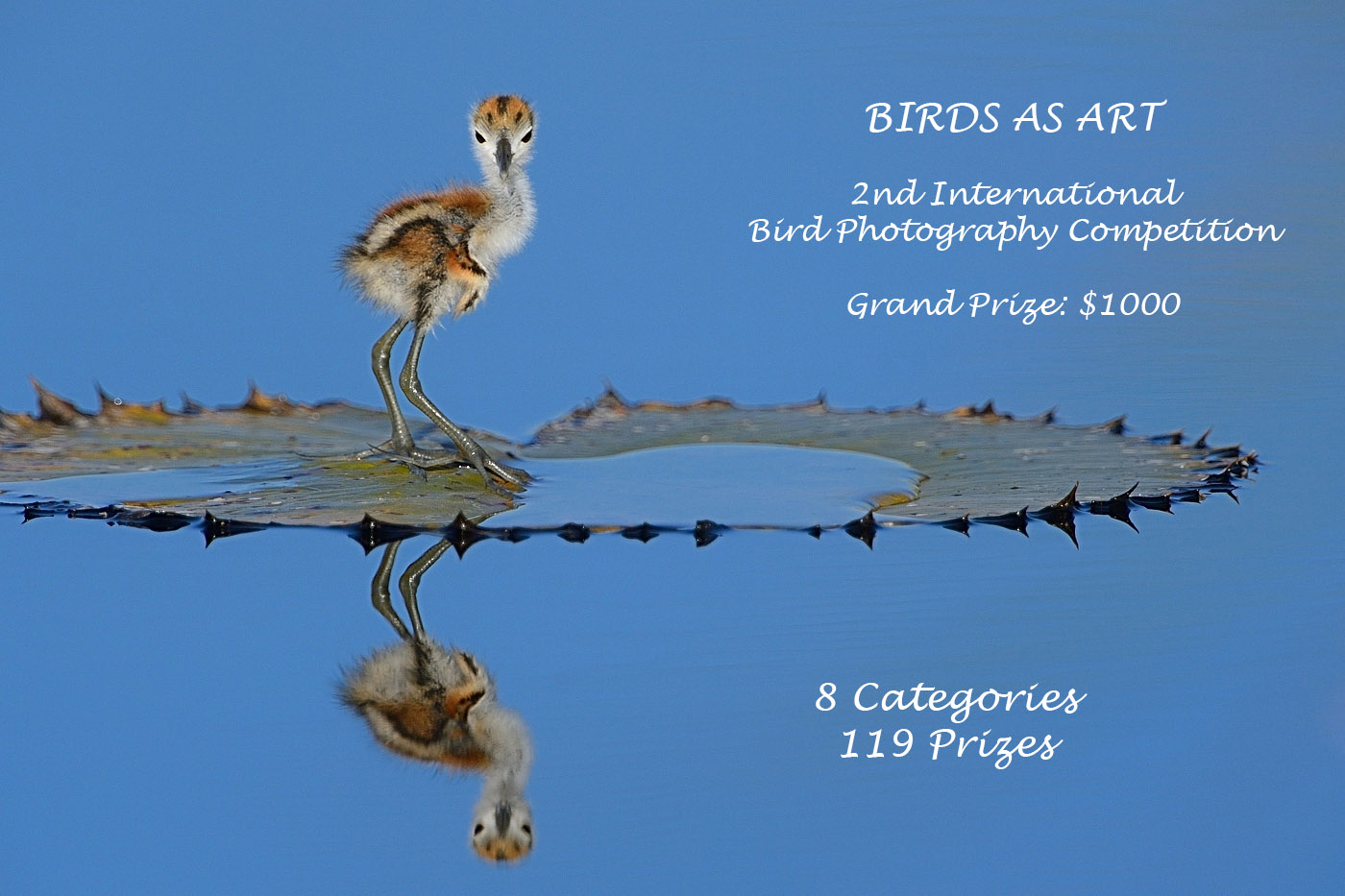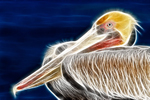- Posse News: Todd Gustafson
- Africa IPT in August 2013: artie, denise, & Todd
- Canon EOS-5D Mark III User’s Guide Pre-Publication Version Available Now!
- New York City Weekend Nature Photography Seminar December 8-9, 2012
- IPT Updates
Posse News: Todd Gustafson
no images were found |
|
Leopard, Serengeti,Tanzania, Image copyright 2012/Todd Gustafson/Gustafson Photo Safari |
Gustafson Photo Safari 14-day Tanzania Safari/Leave US: January 26, 2013, Return: February 10, 2013: $11,999 double occupancy
In nature photography Timing is everything! Being in the right place at the right time is crucial as is the choice of photo safari tour leader. Let Gustafson Photo Safari put you in the best position to photograph all that East Africa has to offer! We have the right vehicles, stay in the best lodges and work with expert guides whose goal is to find great wildlife situations for you to photograph. For our safari the story begins in Tanzania’s Serengeti eco system in February when an estimated 2.5 million wildebeest and zebras arrive in the southern Serengeti to give birth. The grass is green and the time is right for new calves to be born. We will also visit Lake Manyara, Ndutu, and the world famous Ngorongoro Crater. With no shortage of subjects to choose from; including the “Big Five, plains animals and 1,500 species of birds to chase, this is a trip of a lifetime!
Todd Tips: Pack the right equipment. A common problem on safari is when a photographer has too much camera gear. They are prepared for every photo situation. Their equipment list includes super telephoto, macro, wide angle zoom, mid telephoto, fisheye, four camera bodies, two flash units (plus a macro flash) as well as Quantum batteries, two computers, four extra hard drives and battery chargers for everything. I’m out of breath just thinking about getting all that gear from my room to the safari vehicle much less getting it though airport security and onto the airplane. More importantly, there is so much equipment to sort through that by the time you have decided what equipment will suit your vision of a scene, the moment is past. I have found over the years that you can use fewer lenses, shape your photographic vision to that set of optics, do less equipment juggling and make a higher percentage of dramatic images. My lens of choice is a 600 mm f/4 lens and a 1.7 teleconverter.
no images were found |
|
Wildebeest Migration, Tanzania. Image copyright 2012/Todd Gustafson/Gustafson Photo Safari |
Gustafson 10-Day Migration Photo Safari/Leave US: Jan 30, 2013/Return: Feb 10, 2013: $9,600 double occupancy
Over the years Gustafson Photo Safari has had requests for a shorter safari; a version that better fits folks’ increasingly busy schedules. We have listened. Following the proven model of our classic 14 day safari GPS is now offering the 1-Day Migration Safari. We have carefully selected 10 days that exemplify what an East African photo safari should be. These days coincide seamlessly with the full-length Tanzania Safari. Fewer days doesn’t translate into fewer photo opportunities! The locations and timing were specifically chosen to minimize travel thereby maximizing photographic time in the field while allowing time to relax at the beautiful lodges.
Those who choose this safari will transfer directly from Arusha to Ndutu, the center of the Great Migration’s birthing season. Photo ops abound as we spend 7 nights at the classic Ndutu Lodge. From Ndutu we transfer to Ngorongoro Crater, one of Africa’s premier game parks and a World Heritage Site. Experience 10 days of action packed safari photography in the most dramatic locations at the exact right time of year for only $9,600 double occupancy.
If you would like to receive the the 17 page full color Migration Safari PDF please e-mail Todd. Click here to see the HD video. Anyone who is considering or will be traveling to Africa for a photographic safari would be foolish to go without purchasing a copy of Todd’s great “The Photographer’s Guide to the Safari Experience”by clicking here.
no images were found |
|
Mother and Baby Gorilla, Volcanoes National Park, Rwanda, Image copyright 2012/Todd Gustafson/Gustafson Photo Safari |
Rwanda Gorilla Trek 2013, Arrive Rwanda: February 11, 2013/Return: February 16, 2013: $8,200.00 double occupancy
The scenic beauty of Rwanda’s Volcanoes National Park, our home base, is the backdrop for this gorilla photo adventure. Trekking through the lush, mountainside forests is the only way to see these gentle primates. Last year’s trekking photography was so spectacular that his year we are doing three gorilla treks again! Every day is a chance to photograph different family groups in diverse habitats displaying intriguing behaviors. Join Gustafson Photo Safari to Rwanda, Land of 1,000 Hills for the trek of a lifetime. The dates of this trek fit seamlessly with the Tanzania Safari.
Request the full-color PDF by e-mail. Read the great new interview with Todd here. View the 2009 Rwanda trip HD video here. Be sure to get a copy of Todd’s great safari photography guide here.
no images were found |
Mother and Baby African Elephant, Tarangire National Park, Tanzania. Image copyright 2001 Arthur Morris/BIRDS AS ARTThis image ran as a Ranger Rick cover about two years ago. Canon 500mm f/4L IS with the original Canon pro body, the EOS-1D. |
Africa IPT in August 2013: artie, denise, & Todd
Having eaten no wheat, bread, flour, grains, etc. for several years now my gliaden allergies are now under control so I am planning on heading back to Africa in August, 2013. I will be leading a two week dry season safari to Tanzania with Todd Gustafson and Denise Ippolito. The trip will be filled with wildebeest, zebras, elephants, leopards, lions, cheetahs, hippos, giraffes, and yes, lots of birds. We will be visiting the northern Serengeti, staying at the leopard-rich Seronera Lodge and passing through the beautiful Lobo Wildlife area replete with big cats. There we begin our exclusive mobile tented camp experience in the extreme northern Serengeti; our camp will be set up wherever the herds are. Our objective is to see the big herds gather before the final push to the Masai Mara and view river crossings on the Serengeti stretch of the Mara River. Our final destination will be the famed Ngorongoro Crater, a sunken caldera packed with wildlife that is one of the natural wonders of the world.
If you are interested please e-mail so that I can send you complete details when I return from Alaska in early August when we will begin accepting deposits. The trip will need seven folks to run. As the two Holland trips did, there is an excellent chance that this trip will fill very quickly once the details are finalized.
no images were found |
|
This flight image of an adult Great Egret carrying a branch for the nest was created at Gatorland with the hand-held Canon 500mm f/4L IS II lens and the Canon EOS-5D Mark III. ISO 400. Evaluative metering +2/3 stop: 1/2500 sec. at f/6.3 in Manual mode. Central sensor/Expand AF area/AI Servo Rear Focus active at the moment of exposure. Click here if you missed the Rear Focus Tutorial. Click on the image for a larger version. Learn everything that I know about the 5D III’s great new autofocus system in the pre-publication version of the 5D III User’s Guide; see same immediately below. |
Canon EOS-5D Mark III User’s Guide Pre-Publication Version/Save $10.
5D III UG Kudos
By e-mail from Colin Smith:
Art, I wanted to let you know that even though it is incomplete, I found the pre-publication 5D III User’s Guide To the 5D III very useful in setting up my new camera. I own and still use the 7D so some of the controls and menu formats were familiar; however, there is enough that is new in this camera, especially with the autofocus, that your guide was a real boon. I shoot other wildlife and landscapes, besides birds, but the instructions are easily adaptable.
Canon EOS-5D Mark III User’s Guide Pre-Publication Version
Regular readers here know that I have been loving my 5D Mark III ever since I got my hands on it. I love the light weight, the quality of the image files, and especially the killer new AF system. Right now, the 5D III’s AF system is the best by far on any Canon camera body and that includes the vaunted EOS-1D Mark IV. Don’t get me wrong, I love my two MIV bodies and use then every time I am in the field, but for birds in flight and in action I go with my 5D MIII.
I have been working on the 5D Mark III User’s Guide for more than three months. While the end is in sight, lots of folks have been clamoring to hear what I have to say about setting up the camera and to learn about my autofocus settings and my thoughts on the various AF Selection Area Modes. I have, therefore, decided to offer a pre-publication version of this User’s Guide. When it is complete, the guide will sell for $50. It will be our most expensive camera user’s guide yet because the 5D Mark III is pretty much all-new and the menu is the most extensive ever in a Canon camera. I have put in a ton of work already and still have lots more important stuff to work on.
The pre-publication version is available now for only $40.
Here’s the best news: You will automatically receive the final version at no additional cost when it becomes available. On the off chance that you do not, please e-mail Jim and he will rectify the situation.
Though this pre-publication copy is incomplete, it will help you set up your camera exactly as I have mine set up right now. Almost all of the stuff dealing with autofocus and the various AF Selection Area Modes is included. Even in its present form, this guide is quite extensive. You can learn everything that I know about the following important topics:
- 5D III exposure fine points
- Handling the WHITEs
- The top LCD and all camera control buttons
- 5D Mark III drive modes
- How to manually select an AF sensor
- Choosing an AF Area Selection Mode; how and why (includes extensive detail)
- Menu Item Access
- Multiple Exposure settings
- My Menu
Coverage of almost all Menu Items and Custom Functions including the following: Image Quality, Auto Lighting Optimizer, Highlight Tone Priority, AF Configuration Tool (includes details on the custom setting that I use), Acceleration/deceleration tracking, Tracking sensitivity, Lens drive when AF impossible, Orientation linked AF point (I love this feature on the 5D III!), Highlight alert, Histogram display, Auto rotate, Custom Shooting Mode set-up, Safety shift, using the Q button, and setting up rear focus.
The guide is–of course–written in my informal, easy-to-follow style.
Important items that are not included in the current pre-publication version (but will of course be included in the final version) include:
- HDR Mode
- AF Microadjustment
- Live View Shoooting
New York City Weekend Nature Photography Seminar December 8-9, 2012
Join Denise Ippolito and me for a great weekend of fun, learning, and Photoshop. Click here for details or to register.












